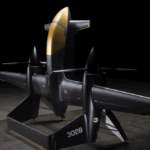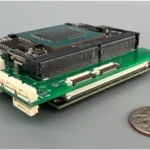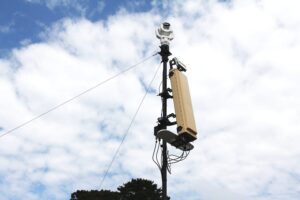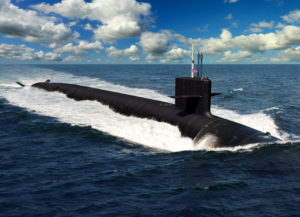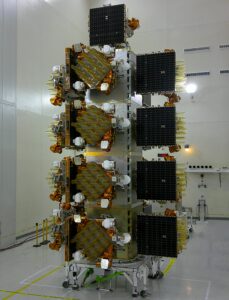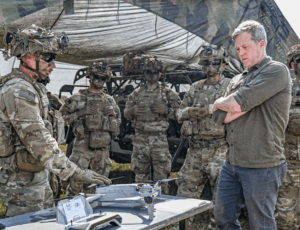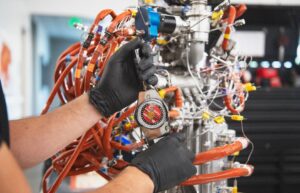
In a show of generosity, congressional appropriators on Thursday released a spending bill that would fund the Pentagon’s Defense Innovation Unit (DIU) at nearly $1 billion in fiscal year 2024, about 900 percent above the request, to include $589.4 million to field technologies. The Defense Department did not request any DIU funds for fielding but the bill, which still must be agreed to by the House and Senate and signed by the president, contains more than a dozen categories for…

 By
By 